Is anyone really excited about the move to shorter TV series? I could already hear a collective groan coming from the back of the room.
But hear me out, unless you believe that the likes of TikTok and YouTube Shorts will never evolve beyond individual short-form content into something more akin to a full series.
Think about it: According to Statista, 35% of people watch TV shows on TikTok. Now, we all know the format of TikTok—a one-minute clip that moves in and out quickly.


that’s right. A single episode can easily cover more than 45 dramatic vignettes. Rapid eye twitches and a sense of deflated patience drive us into unfamiliar new territory.
It’s not hard to see why. Smartphones are like parasites that grab and consume attention and twist the upper spine into a question mark. However, is this really where small and big screen entertainment is headed?
It starts with Quibi but doesn’t end
This song and dance is nothing new. A quick twitch of the eyeballs, a flash of dopamine, followed by a collapse of patience as the nimble index finger slides up, up, and up again.
Quibi’s original intention was to take a short film restricted by amateurish, parody-filled personal content and turn it into a pop-up series that resembled a regular, plot-driven television show.
The problem is that Quibi failed, was eventually swallowed up by Roku, and quickly disappeared from the public consciousness, eclipsed by the looming fear of a world-shaking disease sweeping the continent.
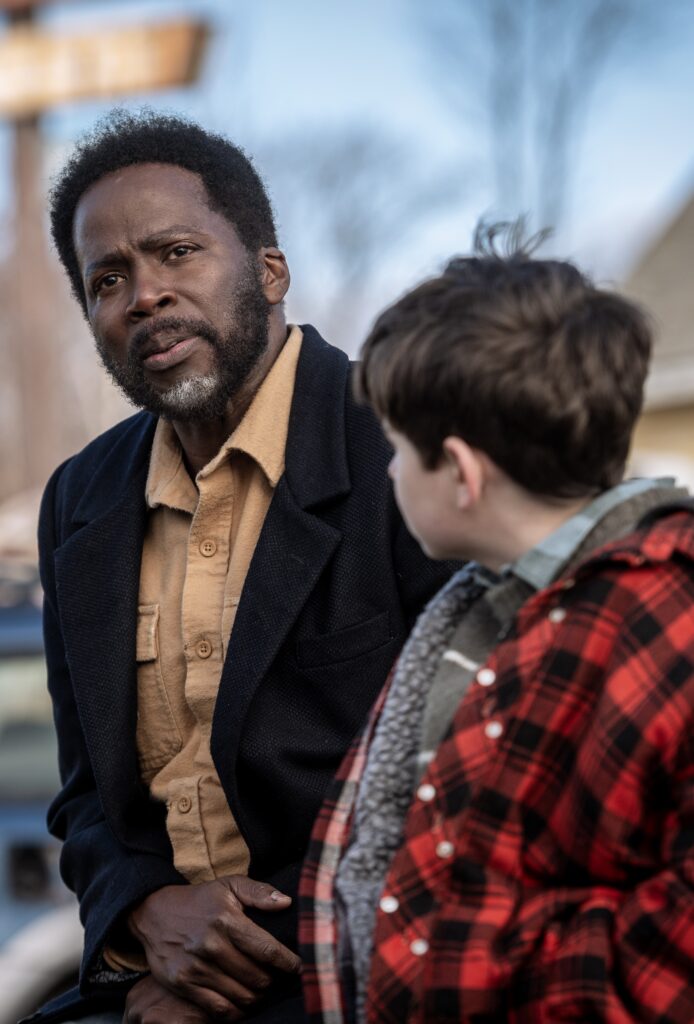
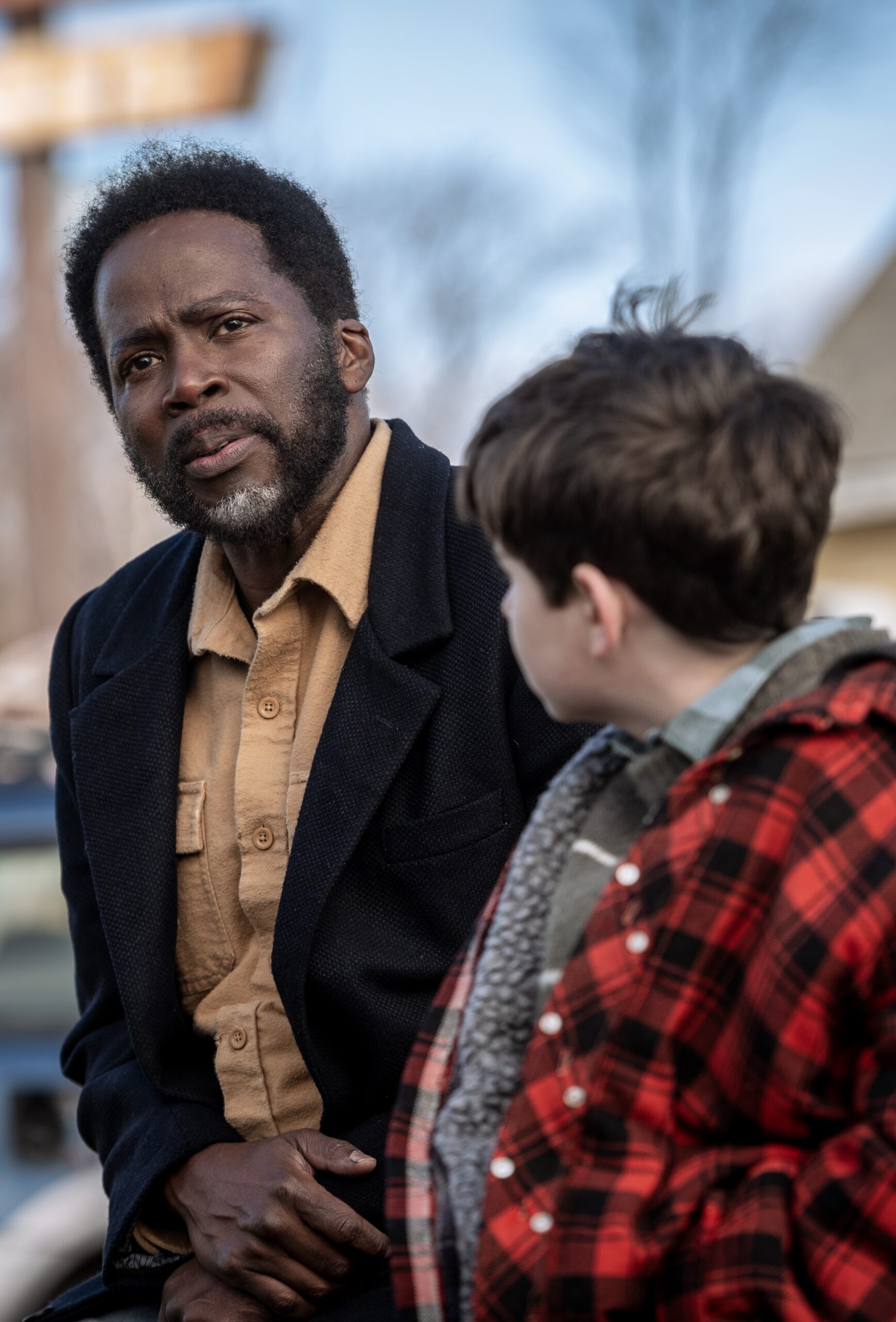
With $1 billion in funding from Disney, Fox, NBCUniversal, Sony, JPMorgan Chase and others, Quibi launches shorter TV episodes in the form of 10-minute “Quick Bites.”
The app was downloaded 1.7 million times in the first week of release. In just two years, however, Quibi became a thing of the past—a viral miracle that went viral and disappeared due to a glut of weak content and a lack of self-reflection.
The initial burst of excitement about the new streaming platform revealed the climate of anticipation for the format. What ruins Quibi is not the short form, but its form. It’s a hollowness of content and a failure to adapt.
Ironically, while quantity is a necessary component of short films, people still want quality. So what happens when you combine better quality with two- to ten-minute episodes?
FlexTV: China’s latest export product
In January 2024, FlexTV entered the top ten most downloaded free apps in the Apple App Store. In July, it was the seventh most downloaded app in France. Later the same month, it reached number two in Thailand.


FlexTV is the new Quibi, but this time the quality standards are higher. Nothing to write home about, mind you, but still relatively popular.
Keep in mind that FlexTV is definitely not a product for everyone. But this is an example of what kind of television attracts viewers these days. China is directly targeting Generation Z, knowing full well that people who are now adults grew up on platforms like TikTok and YouTube Shorts.
The purchasing power of Generation Z has become powerful enough to determine entertainment trends. Shorter TV episodes are likely to become the rule rather than the exception.
FlexTV caters to this dynamic, even if its offerings are of lower quality than those in more traditional formats.
This sentiment is deeply reflected in the fact that tens of thousands of people use TikTok to watch popular shows from Netflix, Hulu, HBOMax, Apple TV+ and more.
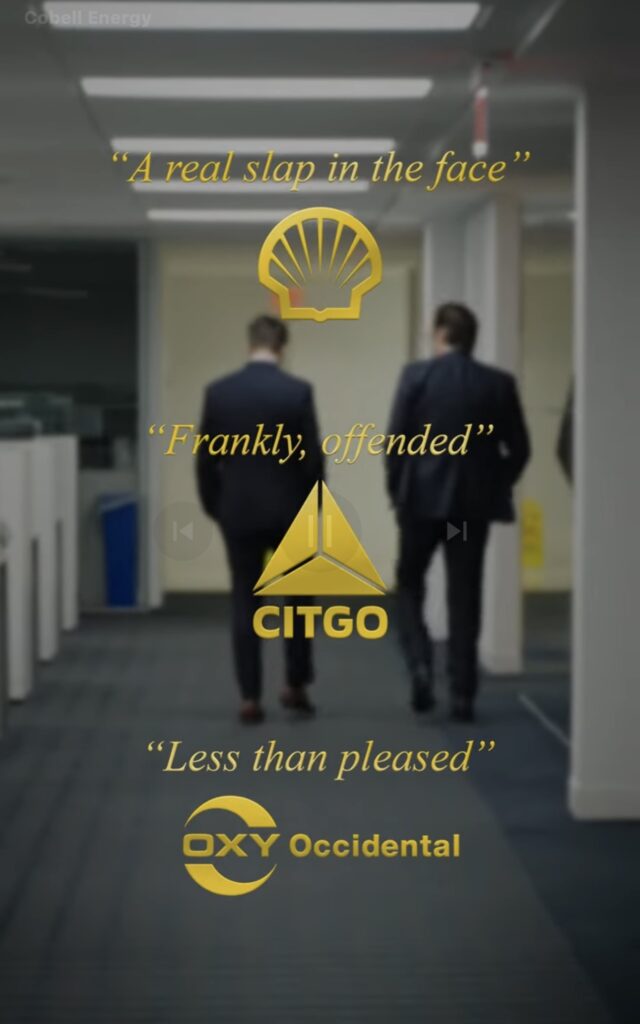
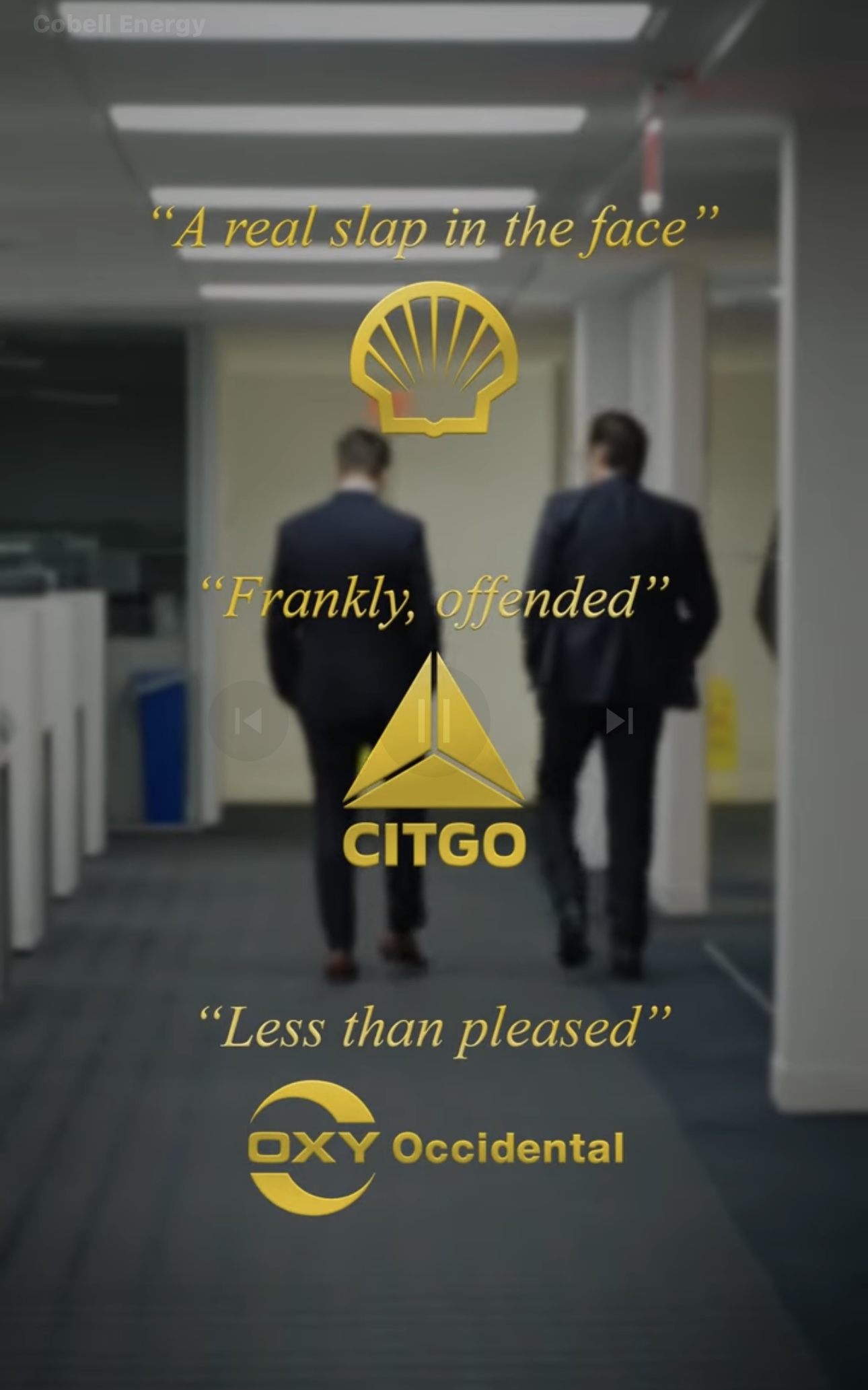
Shorter TV episodes are a phenomenon and have been for a while. Anime is about quick entertainment, and the 22-minute format is outdated.
But when we’re talking about one-minute and two-minute episodes here, the competitor is obviously TikTok, with Instagram Reels, YouTube Shorts, and others coming in at the bottom.
TikTok allows full TV series and movies to be streamed on its platform, but has been hit with cease and desist and the content has been removed. Only the content will reappear soon.
For some studios, adopting the mantra “If you can’t beat ’em, join ’em” is the right choice. For example, Paramount has released “Mean Girls” multiple times on TikTok.
TikTok is somewhat immune from lawsuits thanks to the Digital Millennium Copyright Act’s safe harbor provisions, especially if it removes content as requested.
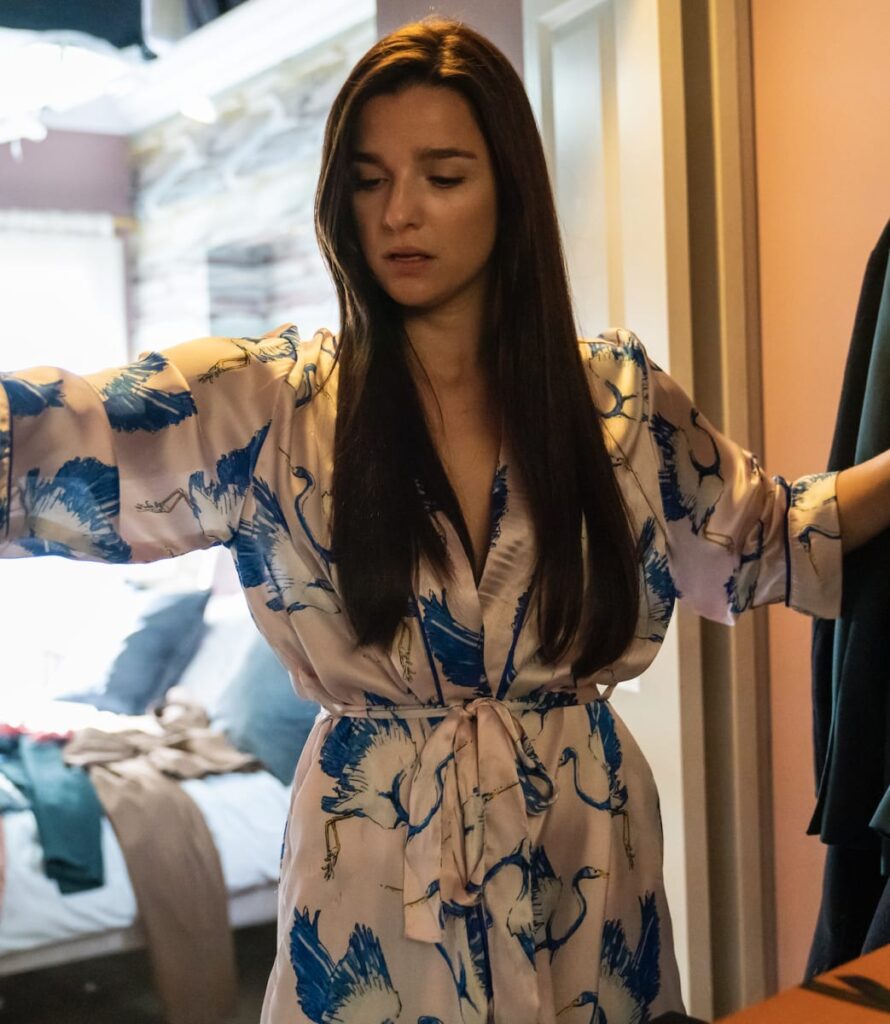
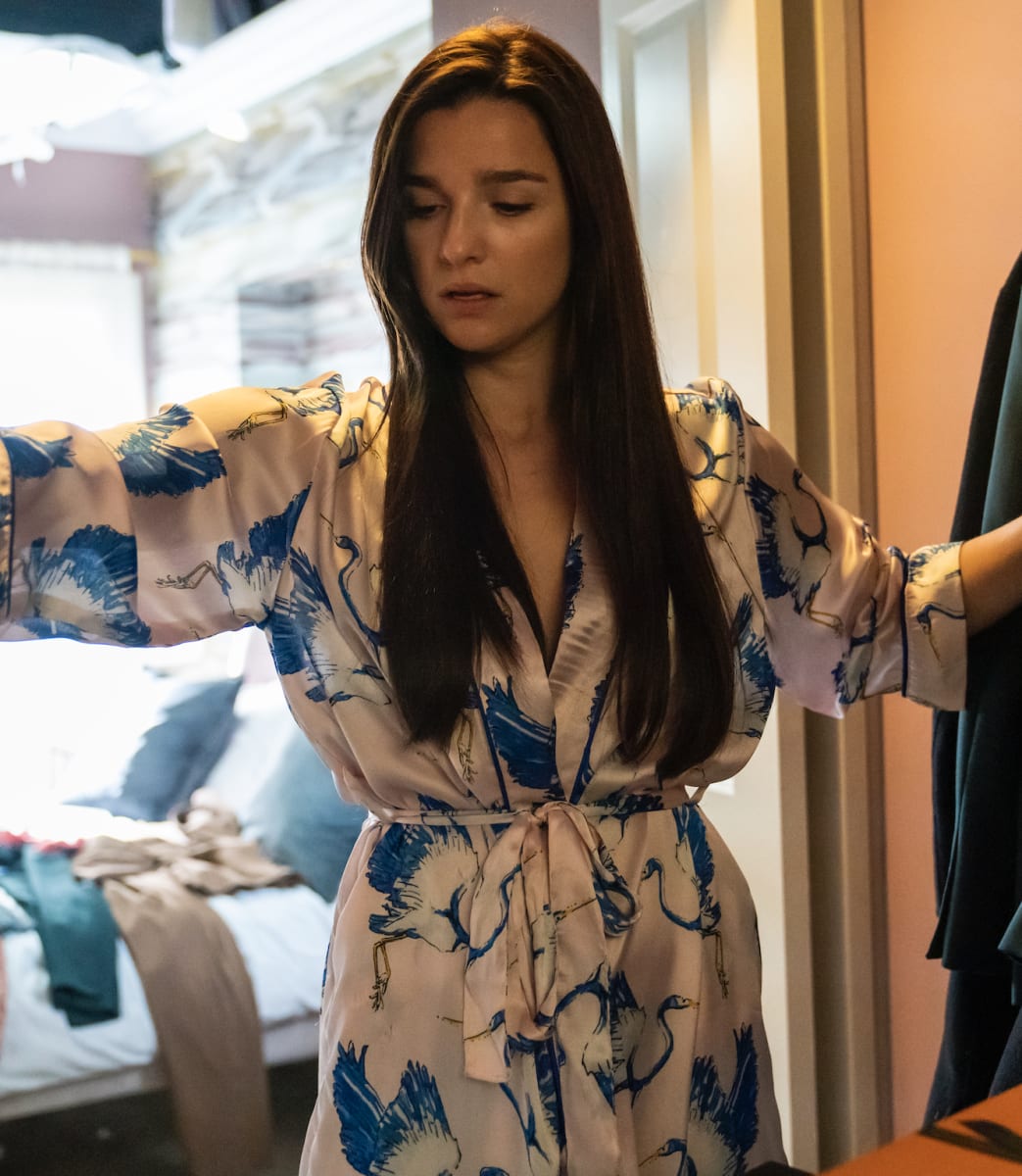
With all this “free” content being delivered in the form of shorter TV episodes, new apps face stiff competition. Quibi requires paying a ridiculous fee for the privilege of streaming its lackluster library, but that doesn’t mean future apps will be riddled with the same issues.
short soap opera
Throughout the pandemic, shorter TV series have become popular outside the United States, mostly in the form of soap operas. If you open the App Store or Google Play store, you’ll find apps like ReelShort, FlexTV, DramaBox, Sereal+, and ShortTV filled with one-minute soap operas.
These are primarily targeted at women and their marketing and reach is undisputed as there are hundreds of thousands of downloads on them.
It may still be just a soap opera now, but the quality is improving significantly year by year.
“As ReelShort continues to release content, the quality of the work is getting better and better. The budget is getting bigger and bigger, the cameras are getting better and better, and the staff is getting bigger and bigger.
-Leomax He, Director and Producer
More than 20 million people worldwide have downloaded ReelShort, not counting the millions who have downloaded competing apps of the same type. Anyway, my wife watched ReelShort and I didn’t know about it until this post.
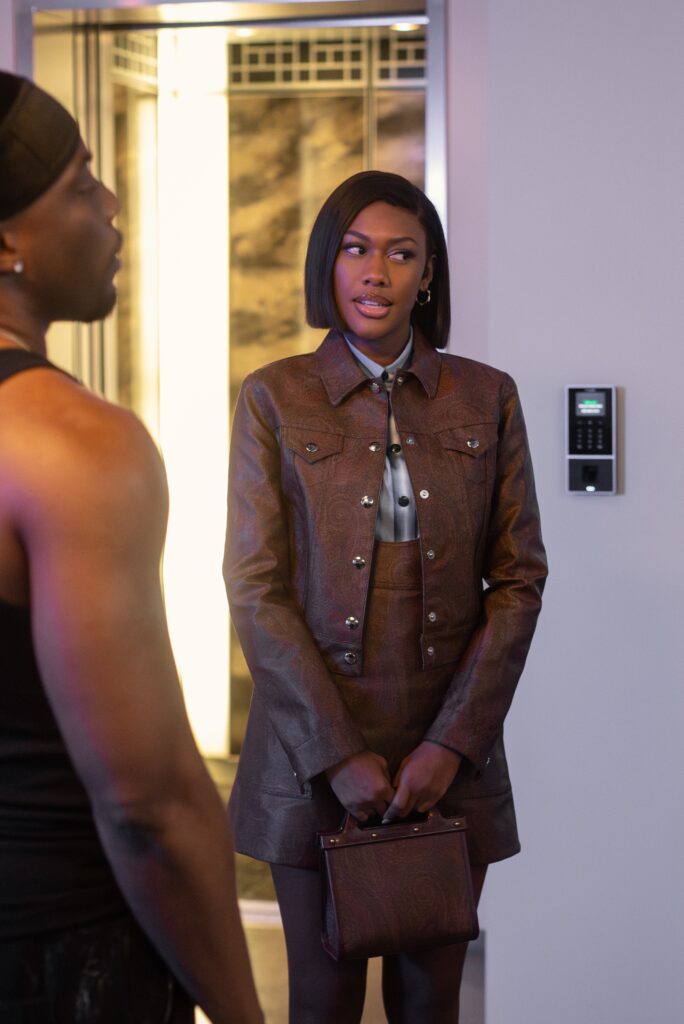
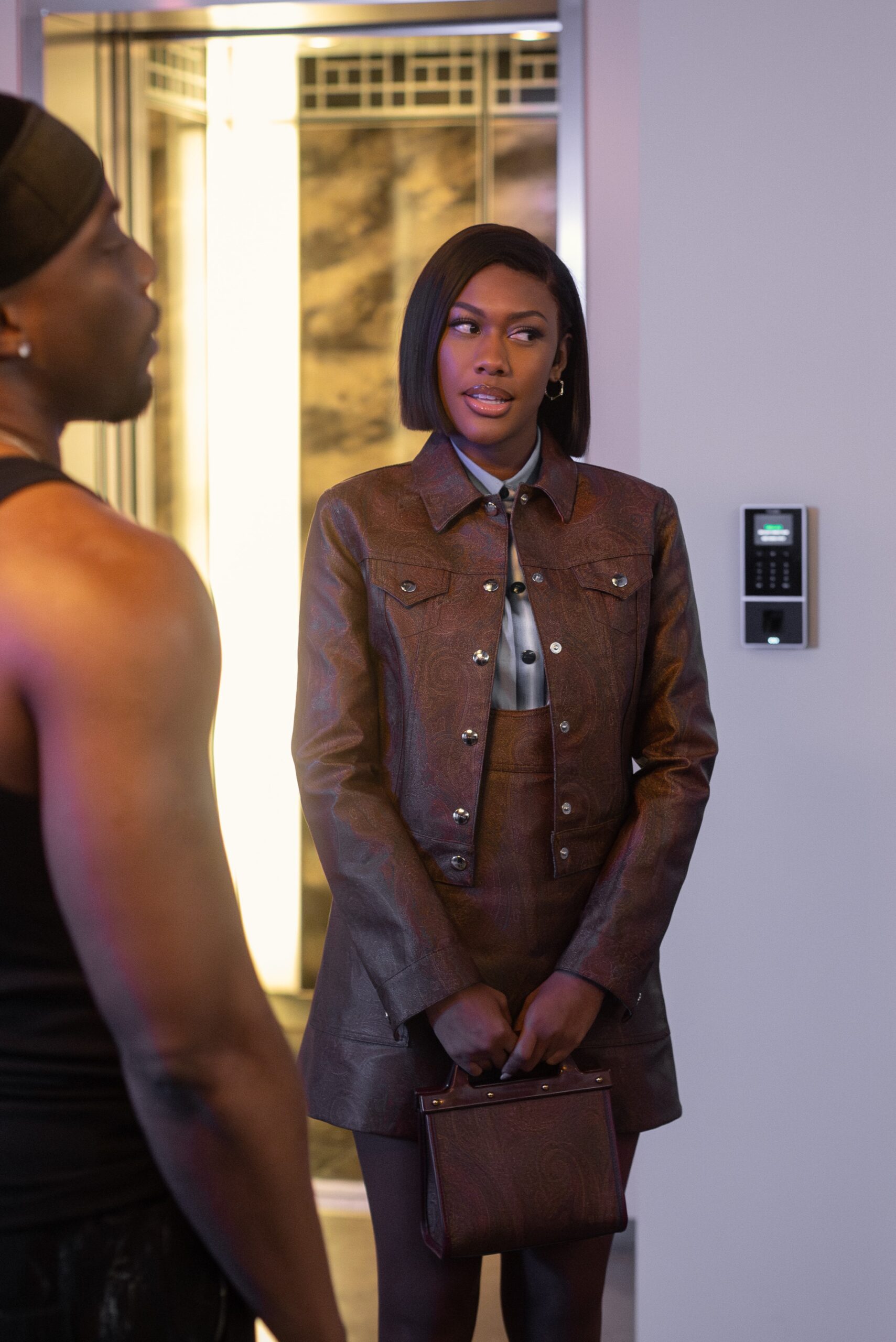
So what happens when you switch from soap operas to noir mysteries? Science fiction? fantasy? Crime documentaries are very popular. Imagine switching to a minute-by-minute real-life murder mystery.
Where will the major studios go?
We’re not quite at the point where we’re getting one- or two-minute episodes on Netflix or Prime yet, but that doesn’t mean something similar isn’t waiting to happen.
The idea of shortening TV series is not new to Hollywood or the entertainment industry in general.
“State of the Union” is a ten-minute series developed for Sundance Television. Netflix has produced a documentary series called “Follow This” with 20 episodes of 15 minutes each season.
Love, Death & Robots was also popular, with each episode lasting between six and seventeen minutes. At the end of 2023, the vertical film “Cobell Energy” will be broadcast on social media platforms such as TikTok and Instagram.


Korbel Energy isn’t surprising anyone, but it’s quietly amassed a sizable following on both platforms. The fact that it was released with very little marketing or noise is just the icing on the cake.
Another major attraction for larger studios is cost. We here at TV Fanatic write our own articles covering the huge budgets of today’s major movie and TV show productions.
Many of these efforts don’t pay off, and continuing down this financial path is ultimately unsustainable.
“The show was conceived in May, took two months to write, and was shot in just six days.”
-Ari Cagan, Director, Korbel Energy
Even with little marketing, these shows attract audiences and generate long-term conversations and community gatherings in the social media space. The latter is a kind of marketing in itself.
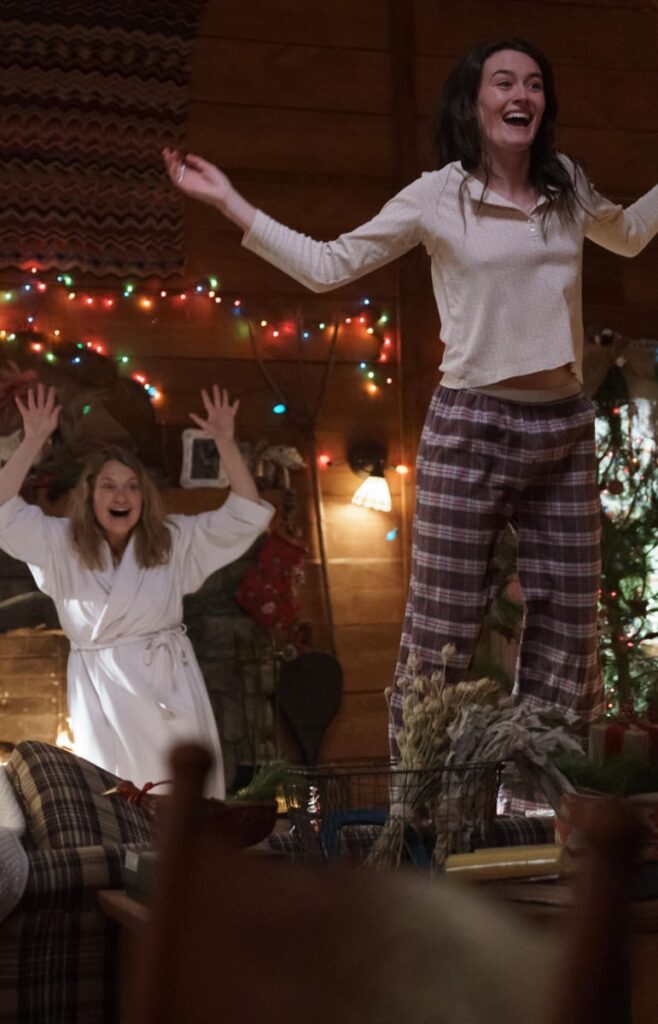

Short turnaround times, simple vertical format, and minimal budget are all huge cost-cutting factors.
Hollywood agencies are currently scouting for talent in short-form content creation, trying to kill two birds with one stone by pulling large audiences into their own hemisphere and adapting to major trends.
Gen Z is the focus of the energy behind short-form and vertical filmmaking, whether it’s a small screen or one that fits in your back pocket. They are making progress. The question is, are we ready for Flash video content?
Let us know what you think about short film making and if you have a favorite short film app in the comments below!

